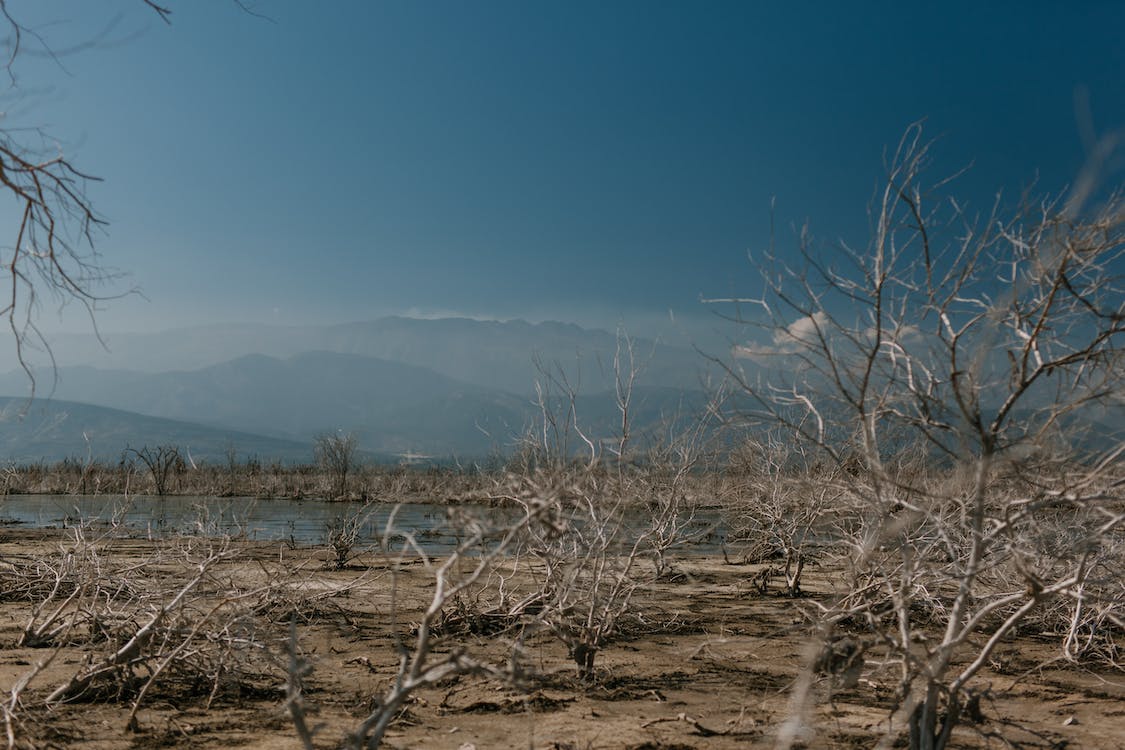Lake Kariba is famed to be the world’s largest man-made lake and reservoir by volume, standing four times as large as the Three Gorges Dam. With a name that means “where the waters have been trapped,” this lake is situated 1,300 kilometers upstream from the Indian Ocean along the border between Zimbabwe and Zambia. The inception of Lake Kariba started in 1957 and ended in 1963, following the completion of the Kariba Dam located at the northeastern side, which floods the Kariba Gorge on the Zambezi River.
The man-made lake’s details are as follows:
Max. length – 223 km (139 mi)
Max. width – 40 km (25 mi)
Surface area – 5,580 km2 (2,150 sq mi)
Average depth – 29 m (95 ft)
Max. depth – 97 m (318 ft)
Water volume – 180 cubic kilometres (43 cu mi)
Surface elevation – 485 metres (1,591 ft)
Lake Kariba has a maximum depth of 318 feet. It has several islands in its area: Maaze Island, Chete Island, Sekula, Sampa Karuma, Mashape Island, Fothergill, Spurwing, Antelope Island, Snake Island, Chikanka, and Bed Island.
The ecology of Lake Kariba
During the filling up phase of the man-made lake, the water contains high nutrients from inundated vegetation, decomposition, and the thick layer of fertile soil, which became the lake bed. This results in a vibrant ecology in Lake Kariba. Several fish species like Kapenta and other animals such as Nile crocodiles and hippos have been introduced to the lake.
Fish eagles, cormorants, and various water birds can be seen on the shorelines. Mammals such as lions, leopards, buffaloes, and cheetahs can also be seen around this lake’s conservation areas. The portion of Lake Kariba, which falls within Zimbabwe, has been recognized as a recreational park.
The town of Kariba
A year before the filling up phase, the Federal Power Board established Kariba’s town to accommodate Kariba Dam’s construction staff and settlers. During the construction of the Dam, several settlers like the Batonka people were relocated to avoid the floods. Over the years, the Kariba town became a major tourist destination (in fact, it has its own international airport) mainly because of its location and proximity to various national parks, like the Mana Pools National Park, a UNESCO World Heritage site in 1984.
How to go to Kariba town
You can go to Kariba town by air and land to the town’s airport, or by road via a breathtaking route through the Zambezi escarpment hills, which is about a 4-5 hour drive from Harare, Zimbabwe. You can also travel by road from Lusaka (via Siavonga or Chirundu), since it requires lesser travel time, but this is not highly advisable because of border formalities that can delay the trip. But if you are willing to go through the hassle, you can have the chance to cross the Zambezi River over the Kariba dam wall or the beautiful Chirundu Bride.
Activities in Kariba town
Houseboating – There are many “floating hotels” that come in various sizes and degrees of comfort to suit everyone’s liking. The most popular destination for houseboating is the Matusadona National Park. Here, you can see islands, bays, and creeks filled with wildlife.
Viewing Kariba Dam – You can view the amazing Kariba Dam from the Observation Point up on the hills, or you can take a guided tour. Another look-out point is The Heights, wherein craft stalls, small shops, and bars are located too.
Guided trips – Kariba town is a settlement situated right in the middle of a wildlife pathway, making it an ideal place to see and even interact with various animals. Be prepared to give way to animals, such as elephants wandering on the roads at any time of the day.
Fishing – This is a great sport to try out in Lake Kariba. Catch a tigerfish, a fish species endemic to the Zambezi River, and be struck by its massive size! In fact, locals in Kariba town hold Tigerfishing Tournaments in October every year. Remember to be careful when fishing and walking near the shoreline, because the Lake Kariba is home to a huge population of crocodiles!
Experience in the African culture – Immerse yourself in the town’s culture—buy local crafts, crocheted garments, local jewelry, and other souvenirs. Spend time to appreciate the wonderful culture of the people in Kariba town.

